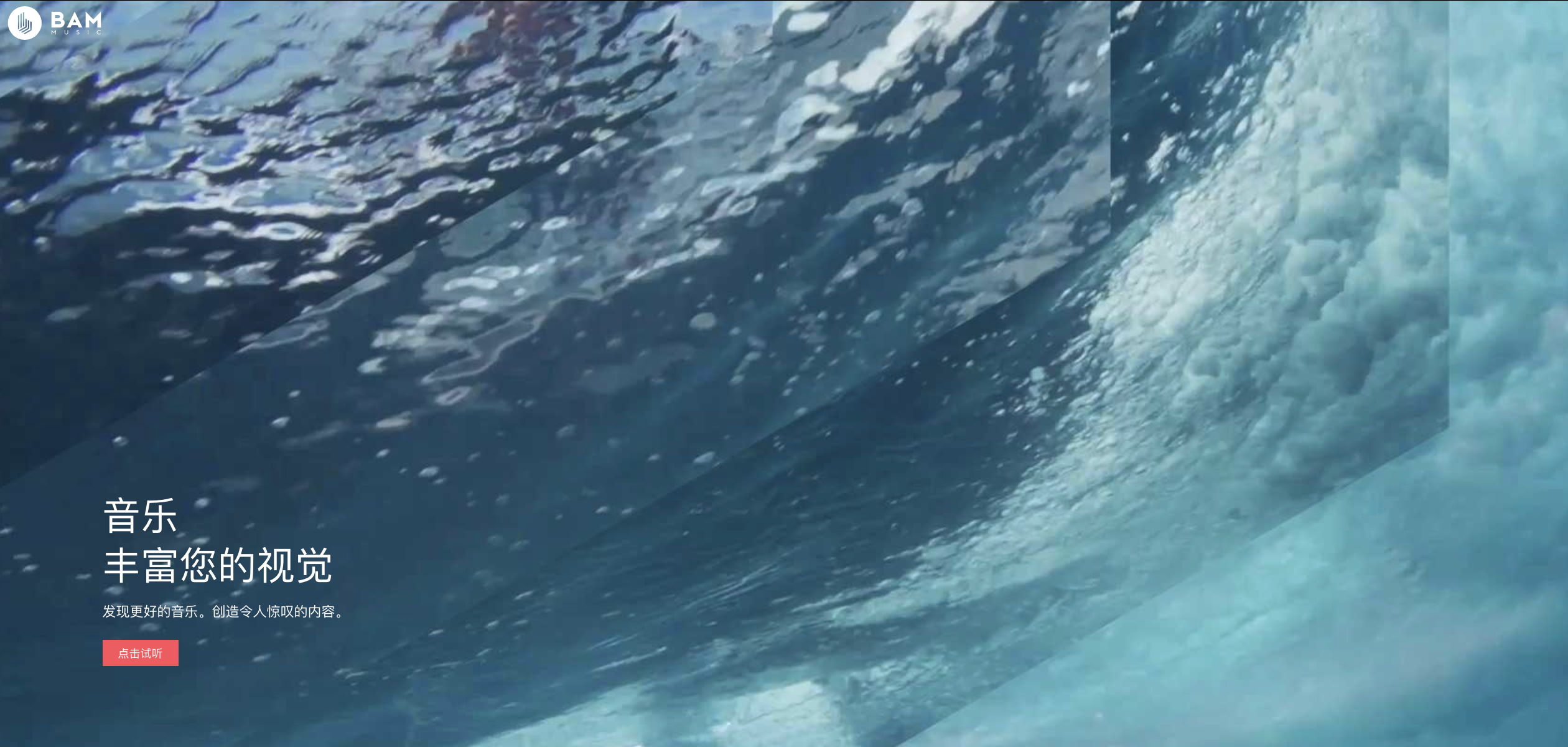Vincent Taylor started his career as a cinematographer shooting commercials and films before making the switch to color grading. 15 years later Vincent has made the move from Australia to China to become Senior Colorist at the new MPC Shanghai office. Six months into life in the Middle Kingdom, we caught up with Vincent to hear about life in China’s commercial capital and meet the man behind the color magic.
What was your path to becoming a colorist?
I was a cinematographer for about 6 years. Then I got chatting to a post house that said they wanted to train up a colorist. Normally they would have someone come up through the tape room – this is back in the Telecine days – but they thought it would be interesting to have a cinematographer’s take on it. We gave it a try and I loved it. Directors and DoP’s responded well because I had lighting training. So I kind of stumbled into it and haven’t looked back since.
There are a lot of overlaps with the DoP and Colorist roles?
Absolutely. Being able to get ideas out of Director’s heads and translating them to the image; in that a DoP and a colorist are exactly the same.
What’s the most enjoyable ad campaign you’ve worked on recently?
The Coca-Cola campaign was really fun because I was grading a giant dinosaur. Mark Toia (Director) was great. He was very succinct with his direction, he knew exactly what he wanted. I think we only needed two conversations. It was like, ‘great, got it, boom’.
What has been the most significant change in the way you do your job over the years?
The most dramatic change, apart from the technology, is the fact that knowledge is being shared. It used to be really difficult to get any information.
The industry has blown up now that color-grading software is available to everybody. Now everyone is a colorist; I see directors and DoPs playing with the software. It’s useful because it’s like shorthand or notes. I can see where they’re going and I can build on top of it.
Who has been the greatest influence on your career?
I get very inspired by DoPs; guys like Darius Khondji, Greg Frasier, Jeff and Jordan Cronenweth – amazing cinematographers. I was looking at some images from Blade Runner recently and it still got my heart beating faster. The way the light is sculpted, the use of color. It has an integrity to it. They are telling a story, creating it from scratch.
What’s your best piece of advice to someone starting out in the industry looking to become a colorist?
Listen – listen to your clients, to your teachers. Constantly ask questions – outwardly and inwardly. You’re always learning. After I’d been grading for about three years, I was almost becoming over-confident. I had a director make a request and, in my head, I thought it would look ridiculous but I politely said ‘sure, we’ll try that’. We did it, and it looked amazing. I remember that moment – realizing you never know it all.
What digital tool couldn’t you live without?
My Vectorscopes. You’re looking at your scopes all the time when you’re grading. Not having them would cripple me. Oh, and music.
What’s been your career highlight so far?
Last year I started with MPC and moved to Shanghai. I liken it to splashing cold water on my face. To come to another country with a different culture, to suddenly be the Lead Colorist for MPC – that definitely has to be a highlight.
How do you keep your eye and ideas fresh?
I look at real life. I make time to go outside and look at the sky and natural light. Nature is your best friend. I see how many hues of green I can find in the park. It zeroes your eyes. Sometimes I’ll stretch my muscles a little bit and help a friend to work on a music video, where there are no rules.Working with students is very inspiring too. They’re still in awe of this process.
Agencies and clients seem to really enjoy the grading stage of the job. Why is that?
I think it’s because they’re not stuck in the minutiae of the edit. It’s finally becoming real and the story is solidifying. Plus the suite is pretty damn comfortable and in my room they get to listen to some really good music.
What music do you listen to at work?
It really depends on my mood and the mood of the room. It ranges from the Black Keys and Alabama Shakes to TZU and Graveyard Train. My favourite soundtrack is Jesse James.
What would you be doing if you weren’t a colorist?
Whatever it was, it would be related to storytelling. Everything in my life has been intertwined with storytelling from writing to filmmaking to cinematography and color grading.
What are your interests outside work?
I’ve got a young son, so I take all the opportunities I can to be a Dad. I really love being with him. His wonderment at the world and what’s going on excites me so much.
What’s your personal motto?
Keep enquiring, keep searching, keep learning.
What’s your favourite thing about Shanghai?
It’s like nowhere I’ve ever been before. It opens your eyes. From a colorist’s perspective, you’re looking at a whole range of new color and new light.
Vincent is proud of the work he did for Coca-Cola’s summer campaign in China. 文森特在中国的最得意之作是可口可乐今夏的电视广告。
专访MPC上海首席调色师文森特·泰勒
当 成为一名调色师之前,文森特·泰勒的职业生涯始于作为一名广告及电影摄影师。15年以后,文森特从澳大利亚移居到中国,已经成为了MPC上海新公司的高级 调色师。中国之于文森特是一个陌生的国家。今天我们采访了文森特,并简单地了解了他半年来在中国商业之都上海的新生活。让我们在此认识这位带来各种颜色奇 迹的艺术家。
你是怎么成为一名调色师的?
我 在此之前(入行之前)做了六年的摄影师。某一天我与一家后期公司聊天的时候他们告诉我,他们想培养一名调色师。一般情况下,他们不会考虑聘用一个坐在胶片 房里的人去做这份工作– 那还是早在电影电视的胶片时代。不过后来他们认为不妨给摄影师一次机会尝试看看,于是我有了开始的机会,从此便爱上了它。导演和摄影也很赞赏我的表现,因 为我有打灯的经验。我就这样误打误撞地闯进了这个领域一直至今。
摄影师与调色师有许多共通点吗?
当然。两者都必须把握导演的想法并将其转换成画面,在这一点上,摄影师与调色师是完全相同的。
你最近的工作中最愉悦的一个项目是哪个?
可口可乐的(夏日)项目。真的很好玩,我的工作是为一只巨大的恐龙调色。马克·托阿(导演)实在很棒。他的方向明确,目标清晰。我觉得我们的对话都是用几个词就可以确认,比如:’太好了,明白了,搞定!”
你认为在你的职业生涯中遇到的最大变化是什么?
技术的发展是最显著的变化,除此以外,就是知识的分享。过去获得信息是非常困难的事。
最冲击业界的一件事就是现在任何人都可以下载免费的调色软件。我看到导演和摄影师也在玩调色软件。这些软件很好用,像一个有注释的速记本。我也知道他们(导演和摄影师)可以了解到什么程度,然后我可以在此基础上再进一步发展。
谁对你的职业生涯影响最大?
摄 影师,比如达利尔·科金、格雷格·弗雷泽、杰夫和约旦·科尼威夫等非常了不起的摄影师,他们对我的影响一直很大。我最近在《银翼杀手》的电影里找一些资料 图片,我发现这部作品仍然让可以让我热血沸腾。里面光线的打磨和色彩的运用自成一体。它们不仅有故事性,并且完全是原创。
你对希望加入这个行业成为调色师的人有什么好建议?
聆 听——聆听你的客户和你的老师。不断地发问– 问别人和问自己。你要不断地学习。在我成为调色师大概第三年的时候,我开始变得自大起来。我记得有个导演提出一项要求,我心想:这样做的效果看起来肯定很 荒谬。但出于礼貌,我当时嘴上说:“没问题,我们可以尝试”。后来我们照做了,效果看起来很漂亮。我到现在还记得那一刻的想法 – 你永远不可能了解一切。
哪个是你必须拥有的数码工具?
矢量范围图(Vectorscopes)。因为在调色时要一直看范围图。没有这个工具,我肯定工作得不顺利。 噢,还有音乐。
你觉得至目前为止,你事业里最大的亮点是什么?
去年我开始我随MPC搬到了上海。我当时真想往脸上泼点冷水(提醒自己这是真实的)。来到一个文化完全不同的国家,并突然间成为MPC的首席调色师,这个绝对是我事业的里的一大亮点。
你如何保持新鲜的视野和想法?
在 现实生活中去感受。我花时间在户外看看天空和自然光。大自然是最好的朋友。我看一下我可以在公园里找到多少种绿色。它(大自然)让我的眼睛再次‘归零’。 有时候,我会扩大我的工作范围,帮朋友做音乐视频,因为它们没有什么限制。与学生一起工作也非常有意思。他们对制作过程还心存敬畏。
代理商和客户似乎也很享受调色阶段的工作,为什么?
我想是因为他们不会像在编辑阶段那样,被困在细枝末节上。作品看起来也终于很真实,以及故事也开始成型。再加我工作室里的沙发也非常舒服,还可以听到一些真正的好音乐。
你工作当中放些什么样的音乐?
这得取决于我的心情和工作室当时的氛围。从Black Keys到Alabama Shakes、TZU到Garveyard Train我都放。我最喜欢的是Jesse James。
如果你不是一位调色师,你觉得你会做什么工作?
不管是什么,它必须跟“讲故事”有关。在我的生活中做的所有的事:从写作、制作、拍摄到调色都与”讲故事“有关。
工作之外有什么爱好?
我有一个很小的儿子,我把握所有的机会去做一个爸爸。我真的很享受和儿子在一起。他对世界的好奇和有关他的一切都让我感到很兴奋。
你的座右铭是什么?
不断发问,不断研究和不断学习。
你最喜欢上海的什么?
我以前从没到过这样的地方。它让我大开眼界。从调色师的角度来看,我正在看到全新的色彩和全新的光源。





 BAM Music Library Brings Edgy, Indie Sounds to Chinese Creatives
BAM Music Library Brings Edgy, Indie Sounds to Chinese Creatives
